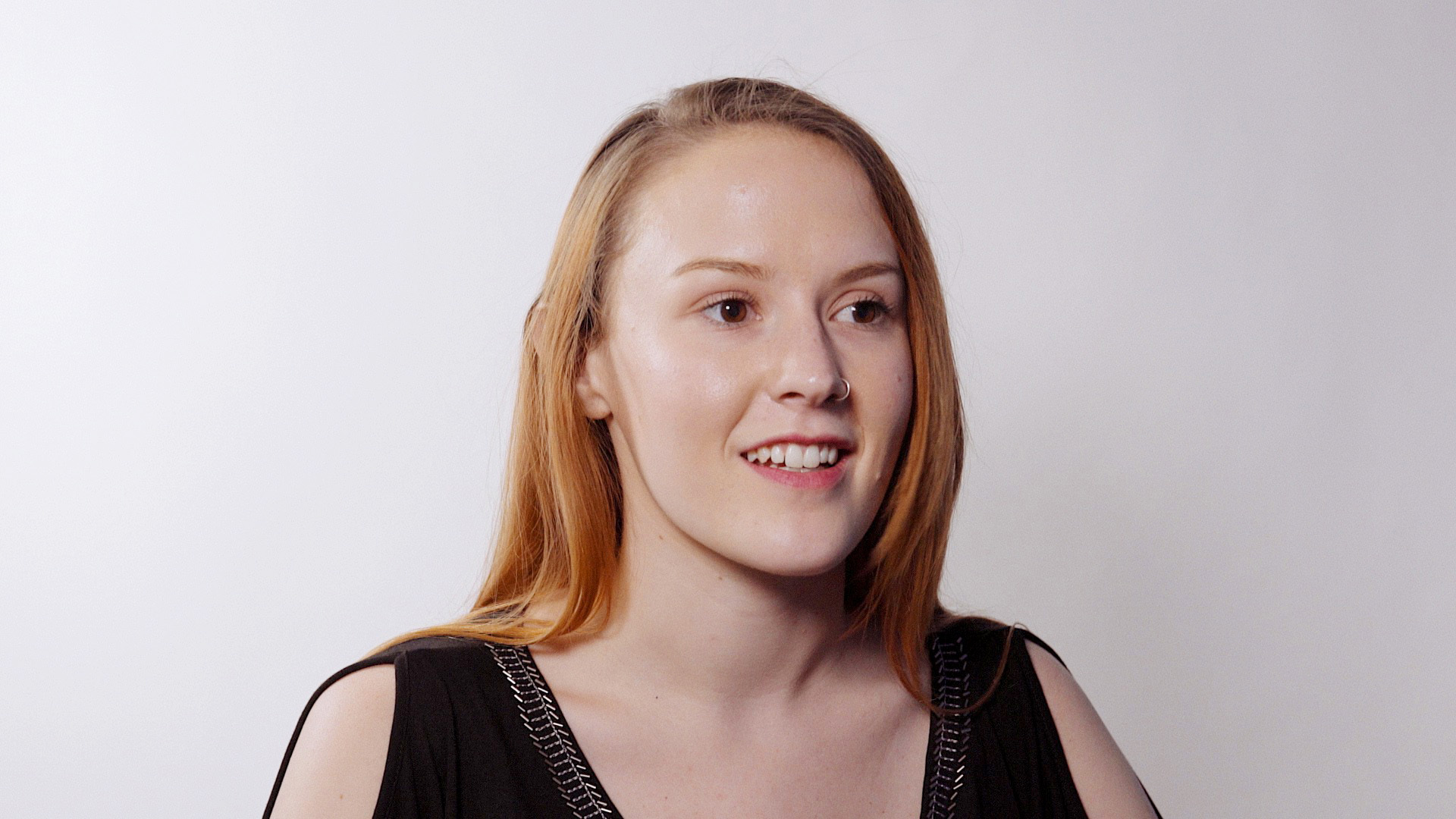Like any filmmaker or photographer I want to bring the kitchen sink with me when I go to a job because I want all the flexibility possible. What if we want to do a walking shot, do I need a stabilizer? What if we shoot an interview outside? It's possible to paralyze myself by thinking about all the infinite possibilities, especially when traveling. When traveling we have case size and weight limitations, not to mention I can only handle so much when walking through the airport.
Planning, preparation and practice is key. At a certain point you have to call it. You need to just say, "enough is enough" and take what you can fit in your bag and just leave the office knowing that you've practiced with the equipment you have and know how to get the best results with what you have. However, I've made some conscious decisions in the past year to make my kit as travel friendly as possible while still giving me maximum flexibility and output.
First, I tackled my camera system and ditched the heavy and bulky Canon DSLRs for lightweight and thin Sony a7r mark II and a7s mark II. I still have my Canon c100 for when I need it. Additionally I got rid of my heavy f2.8 zoom lenses in favor of the lighter and smaller f4 versions. Yes, I am losing a stop of light but the incredibly clean high ISO performance of the camera bodies easily compensates for that. I can even power the Sony cameras through cheap and readily available USB cell phone chargers so I don't have to worry about the smaller battery capacity. Using the a7s II with internal stabilizer, coupled with Sony's outstanding stabilized lenses and continual auto focus I am able to attach a couple lightweight aluminum handles to my Varavon Zeus cage and with some practice I can deliver very stabilized shots which eliminates the need for a gimbal or steadicam in many situations.
Next I reevaluated my support system and rid myself of the heavy aluminum tripods and sliders and got a Really Right Stuff carbon fiber tripod and Rhino carbon fiber slider. The weight savings here is significant and means I can take my slider with me more often thereby allowing me a higher quality production value on those smaller shoots when I normally wouldn't have brought it with me.
A still frame from the first interview I lit with the Westcott flex panels. There's only two lights being used in this shot at 40% power.
Equally as important as camera or support was my lighting approach as sometimes you just don't have a good source of light on location. Years ago when I switched from tungsten hot lights to LED it was a big step and made shooting on battery power in remote locations a real possibility for filmmakers like me. But now I'm unloading my lightpanels for the next wave which is Westcott's amazing flex panels which way mere ounces and are a 1/4" thick. This lets me pack my lights in my camera case and bring my full studio production on the airplane and in to my client's office.
No, none of this stuff is cheap. In fact it's all very expensive, but that doesn't mean you have to buy it all at once. I am a believer in buying quality items over time to make it more affordable and obtainable and selling the things you don't use. High quality products will make your work better and in the end make you more successful as you continually bring up your production value and deliver better results to your clients.
I don't want to leave people with the impression that it's all about the equipment, because it's not. A great photographer or filmmaker will make something great no matter what they're given because they have the talent to make use of the tools. So the first thing that you need to do is just shoot and edit with a careful eye to study your mistakes. Then study the technology to perfect your craft to make the best of what you have. Then, when you do add something nice to your kit you'll excel even more.



